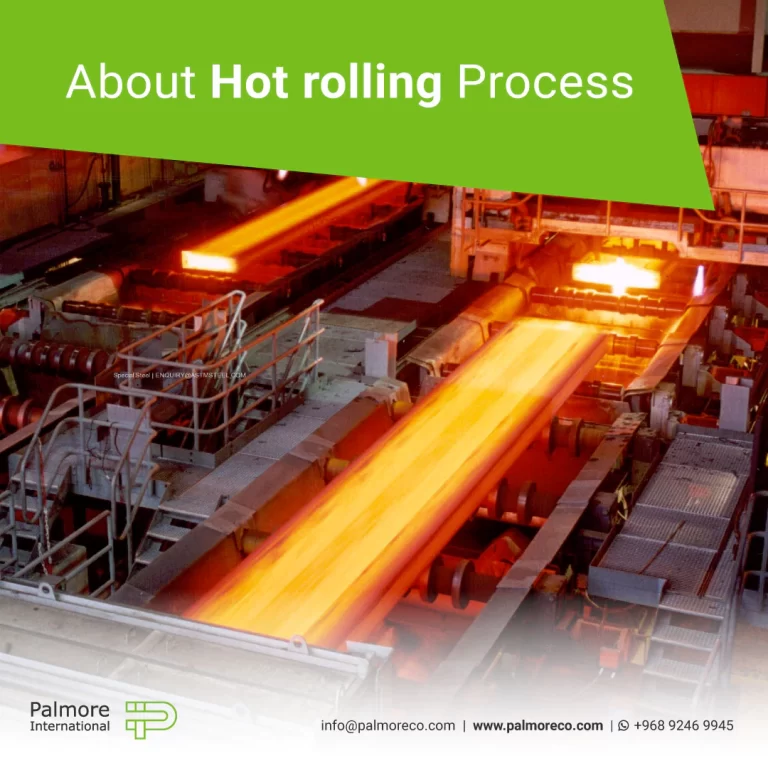
Basic rolling processes
The main rolling processes are divided into two categories:
1- Hot rolling process or hot work
2- Cold rolling process or cold work
In this article we will be talking more about the Hot rolling process but first, let’s start with the History of the Rolling Industry.
History of Rolling Industry
The history of the rolling industry dates back to the early seventeenth century.
The first cases of rolling were used in such a way that two cast iron rollers were placed in a wooden frame, by which metals such as tin and lead were rolled.
Although before this type of application, rollers were used to smooth and compress materials, the main idea of using rollers to reduce the cross section of the metal, has emerged in this period.
After the formation of this idea, an attempt was made to use larger and heavier rollers, and the torque required to rotate these rollers was provided by horsepower or by using blue blades. The fact that by creating grooves on the rollers, in order to form shapes on the sections of rods and beams, goes back to the same period.
The two-roller shelves quickly passed the path of progress and completion, and it did not take long for the hot rolling of steel to become flexible in addition to the rolling of soft metals.
The problem of providing power and power to rotate the rollers, the idea of using smaller rollers that needed less force to rotate.
After the invention of steam engines and the elimination of the problem of power supply, the rolling process racks became larger again, and very high-power motors, about 15,000 horsepower, were used for the heavy rolling of steel sixths. They became better and more advanced, so that rolled products, especially steels, became the most important metal products in the world.
For many other products, the use of rolling operations replaced other methods of forming metals, such as forging, casting, and so on.
Hot rolling process
The hot rolling process is the application of hot metal between two rollers that move in opposite directions and the distance between them is slightly less than the thickness of the inlet metal.
The thickness of the inlet metal is greater than the distance between the rollers. Due to the fact that the speed of the rollers is higher than the speed of the inlet metal, the friction on the contact surface between the metal and the roller moves the metal forward.
As the metal is pressed between the rollers, the length of the steel sheet increases while its thickness decreases.
The amount of thickness change that can be achieved during one step of sheet rolling operation depends on the friction conditions at the joint surface and the metal-roller contact. If a lot of deformation is to be done, the rollers will not move the sheet metal but will only slip on the surface. It should be noted that a very small change in thickness in the product also increases production costs.
Hot rolling process temperature
In the hot rolling process, as in other hot rolling processes, precise temperature control is very important for the success and proper operation of the process. The workpiece is at optimal temperature for a long time.
If the temperature of the workpiece is not uniform, the deformation created in different areas of the sheet will also be non-uniform. They are rolling faster, and if the metal cools after heating the part or in the interval between two rolling, the cooled surfaces will resist deformation. In this case, when the inner part is deformed, which is hotter and weaker, cracks or surface cracks may occur in the part.
The use of continuous casting products as a raw material is very common in factories with high production levels. The cooling operation of the part is controlled in such a way that the material can be introduced directly into the heating rolling machine without the need for additional heating or further relocation.
For heating for lower production or secondary operation, the temperature of the primary ingots is usually the same as room temperature.
To heat these parts to the desired temperature, they can be heated in oil or gas furnaces. For plain carbon steels and low-alloy steels, the required temperature is usually around 1200 ° C, and for low-diameter rods, induction furnaces can be used for heating.
The hot rolling process typically stops at about 50 to 100 ° C above the steel recrystallization temperature. Finishing the rolling operation at this final temperature prevents the strain from hardening of the material and results in fine and uniform grains.

